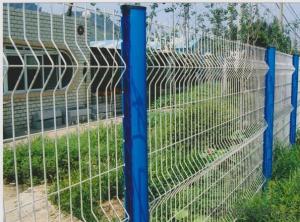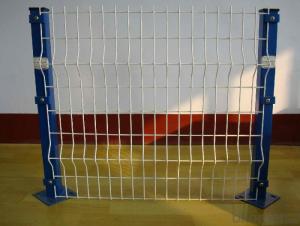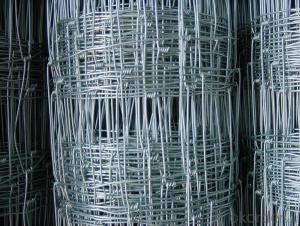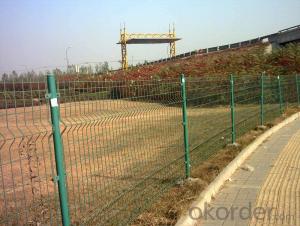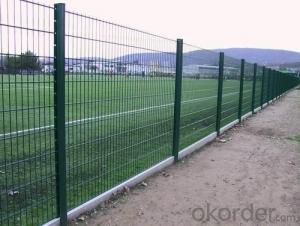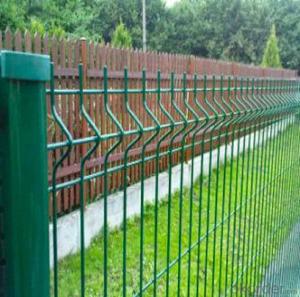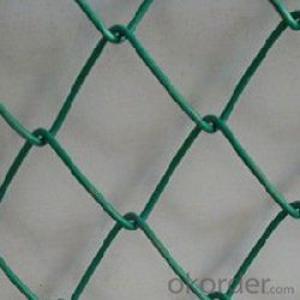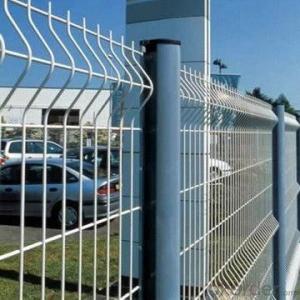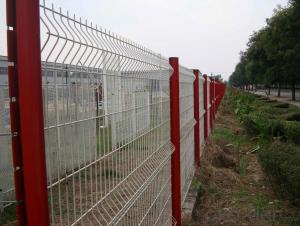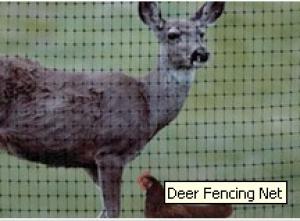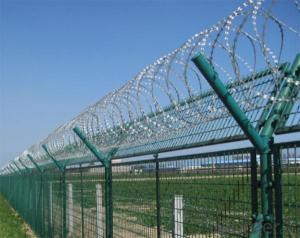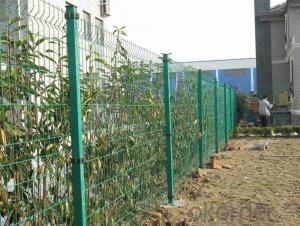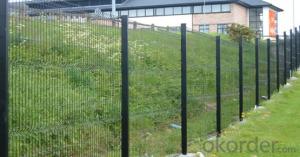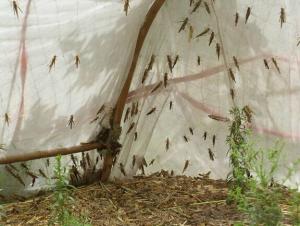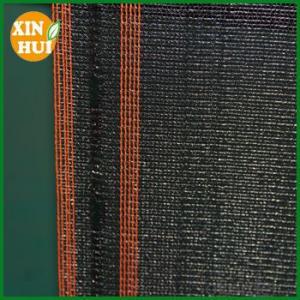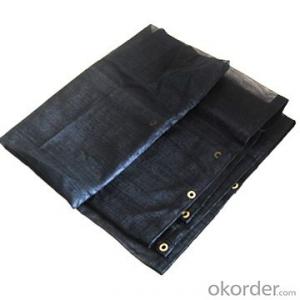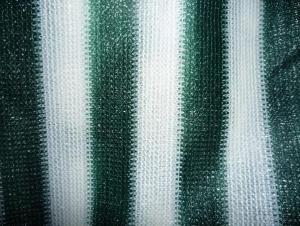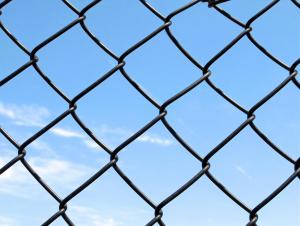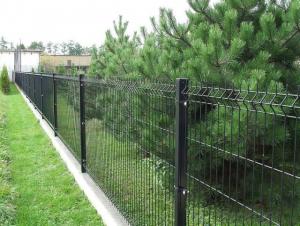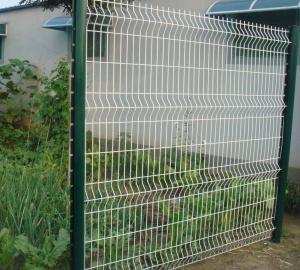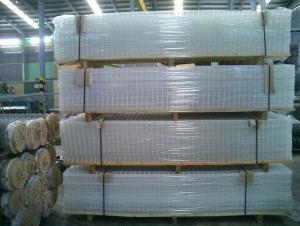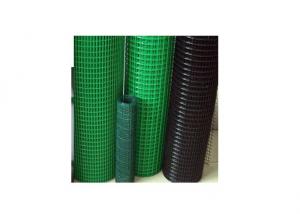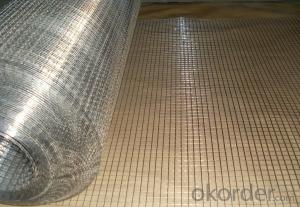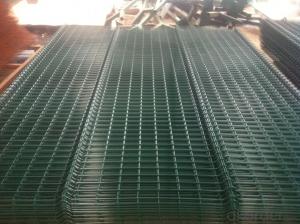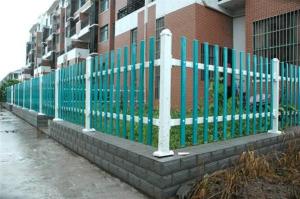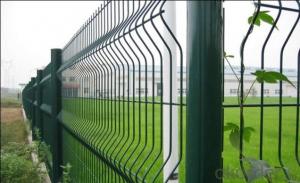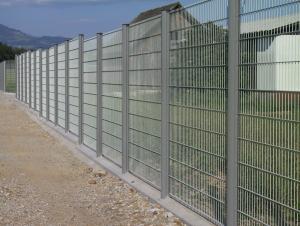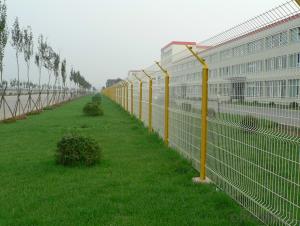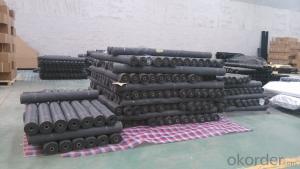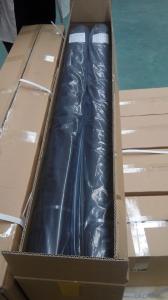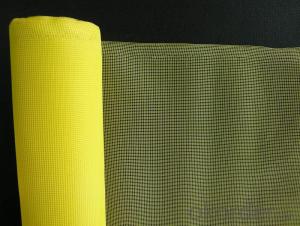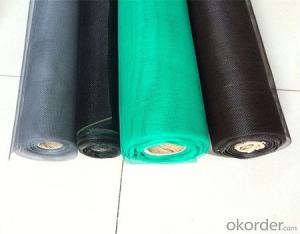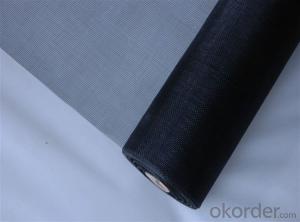Plastic Mesh Deer Fencing
Plastic Mesh Deer Fencing Related Searches
Heavy Duty Plastic Mesh Fencing Plastic Fence Mesh Plastic Deer Netting Steel Mesh Fencing Panels Plastic Garden Netting Fencing Pvc Fencing Green Plastic Fencing Roll Stiff Plastic Mesh Plastic Mesh Bag Garden Plastic Sheeting Polyester Pleated Mesh Barrier Fence Netting Garden Plastic Netting Protective Plastic Sheeting Mesh Plastic Bags Expanded Plastic Mesh Fine Plastic Mesh Sheet Green Plastic Netting Plastic Safety Netting Plastic Wire Netting Plastic Netting For Gardens Polypropylene Mesh Clear Plastic Netting Pleated Mesh Wrought Iron Fencing Reinforcing Mesh Plastic Coated Steel Roofing Sheets Open Weave Plastic Mesh Corrigated Plastic Roofing Stainless Steel Screening MeshPlastic Mesh Deer Fencing Supplier & Manufacturer from China
Plastic Mesh Deer Fencing is a type of protective barrier designed to keep deer out of gardens, farms, and other areas where they might cause damage to crops or plants. Made from durable, UV-resistant plastic mesh, this fencing is both long-lasting and effective in deterring deer from entering restricted areas. The lightweight and flexible nature of the material makes it easy to install and adjust as needed, providing a practical solution for property owners looking to safeguard their land.Plastic Mesh Deer Fencing is widely used in various scenarios, such as agricultural fields, residential gardens, and landscaping projects. It is particularly beneficial for those who have experienced deer-related damage to their property or are looking to prevent such occurrences. The fencing's design allows for easy installation, with the option to use posts and tensioners for added stability. This product is not only effective in keeping deer at bay but also helps maintain the aesthetics of the area, as it blends well with the surrounding environment.
Okorder.com is a leading wholesale supplier of Plastic Mesh Deer Fencing, offering a vast inventory of this product to cater to the needs of various customers. With a commitment to providing high-quality and reliable products, Okorder.com ensures that customers receive the best possible solution for their deer fencing requirements. By partnering with Okorder.com, customers can expect prompt delivery, competitive pricing, and exceptional customer service, making it a go-to source for all their Plastic Mesh Deer Fencing needs.
Hot Products
